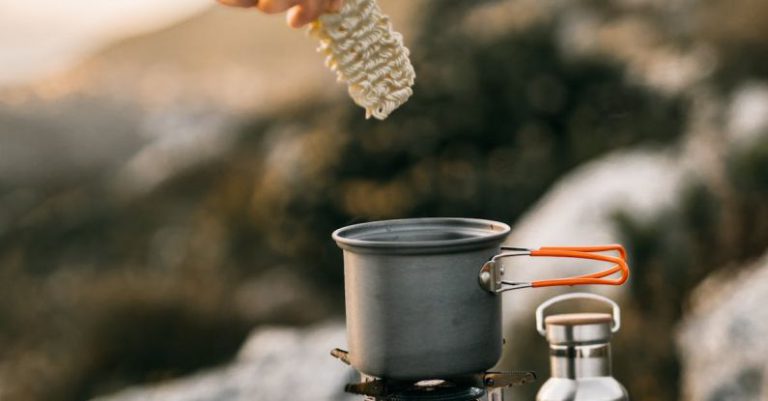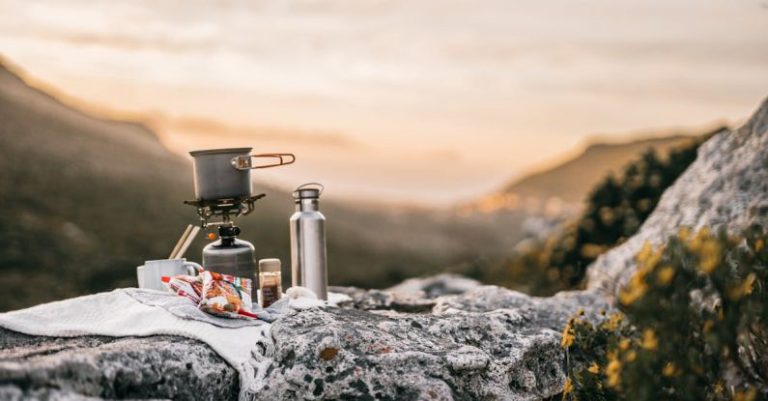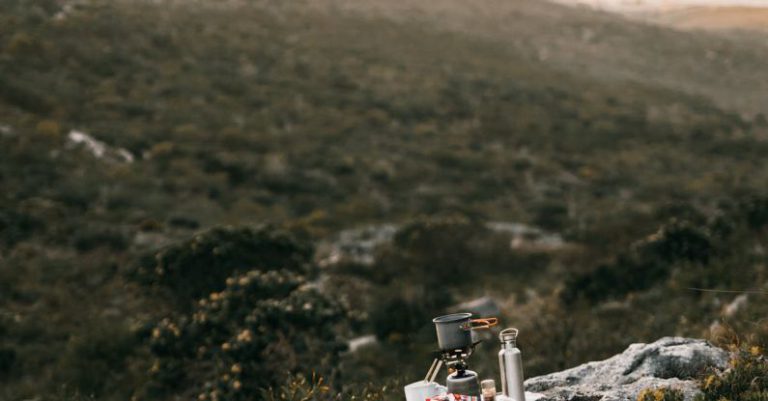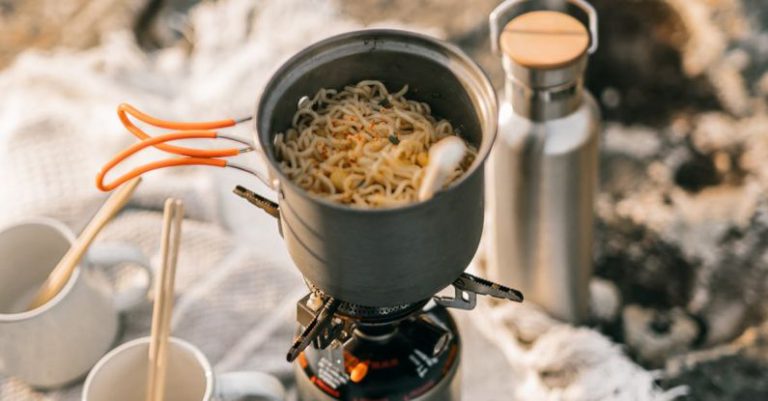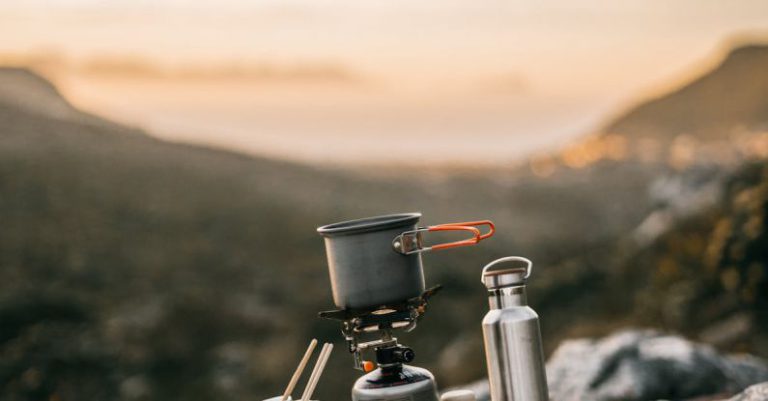
When venturing into the great outdoors for a camping trip, one of the essential considerations is how to store food safely. Proper food storage not only ensures that your meals remain fresh but also helps to prevent attracting unwanted wildlife to your campsite. By following some simple guidelines and utilizing the right techniques, you can enjoy delicious and secure meals during your outdoor adventures.
Planning Ahead for Safe Food Storage
Before embarking on your camping trip, it is crucial to plan your meals and food storage strategy. By preparing in advance, you can minimize the risk of food spoilage and contamination. Consider the duration of your trip, the types of food you will be bringing, and the availability of refrigeration or cooling options at your campsite. Planning your meals can also help you pack only what is necessary, reducing the amount of food waste and making it easier to organize your storage space.
Choosing the Right Containers
Selecting the appropriate containers for storing your food is key to maintaining freshness and preventing leaks or spills. Opt for airtight containers that are sturdy and durable, such as resealable plastic bags, insulated coolers, or leak-proof food storage containers. Make sure that your containers are clean and dry before packing food items to avoid bacterial growth. Additionally, consider using separate containers for raw and cooked foods to prevent cross-contamination.
Utilizing Proper Cooling Methods
If you are camping in a location without access to refrigeration, it is essential to employ effective cooling methods to keep your perishable items safe to consume. One option is to use ice packs or frozen gel packs to maintain the temperature of your cooler. Pack your cooler strategically by placing ice packs at the bottom and on top of the food items to ensure even cooling. Remember to keep your cooler in a shaded area and avoid opening it frequently to preserve the cold temperature inside.
Practicing Smart Packing Techniques
When packing your food items for camping, it is essential to organize them thoughtfully to maximize space and prevent spoilage. Pack perishable items, such as dairy products and meats, at the bottom of your cooler to keep them coldest. Store fruits and vegetables in separate containers to prevent them from bruising or getting crushed. Consider pre-chopping ingredients and storing them in individual bags for easy meal preparation at the campsite. Label your containers with the date and contents to keep track of freshness and avoid confusion.
Implementing Wildlife Safety Measures
To protect both your food and the wildlife in the area, it is crucial to implement proper wildlife safety measures while camping. Avoid leaving food unattended or storing it in your tent, as this can attract animals to your campsite. Use bear-proof containers or hang your food in a bear bag away from your sleeping area to deter wildlife from approaching. Clean up any food scraps or spills immediately to avoid leaving a scent trail that could attract animals.
Conclusion: Ensuring a Safe and Enjoyable Camping Experience
By following these guidelines for storing food safely while camping, you can ensure a worry-free and enjoyable outdoor experience. Proper planning, container selection, cooling methods, packing techniques, and wildlife safety measures are essential for maintaining the freshness of your food and preventing any mishaps during your trip. With a little preparation and attention to detail, you can savor delicious meals in the wilderness without compromising on safety and hygiene.
